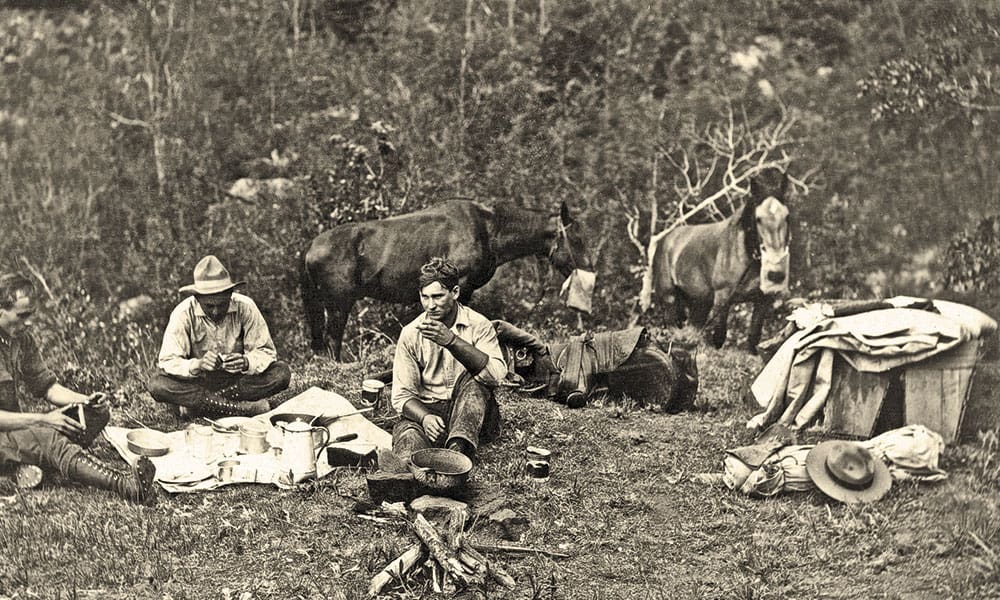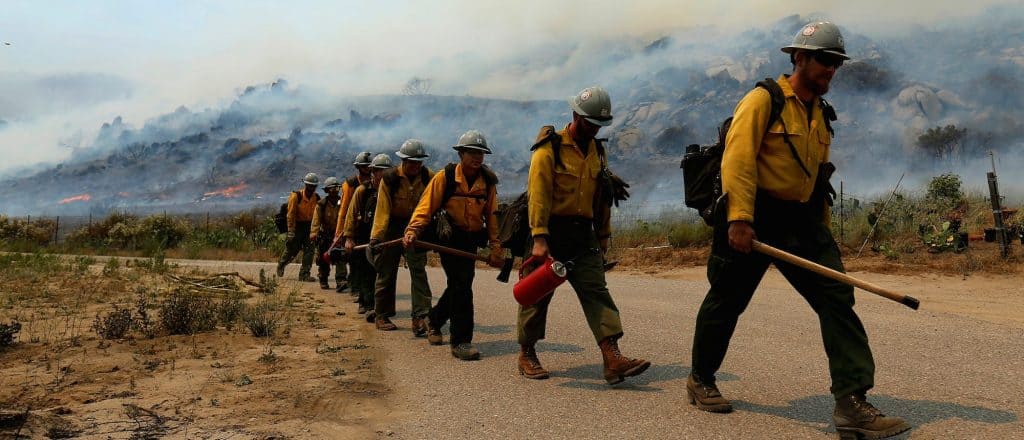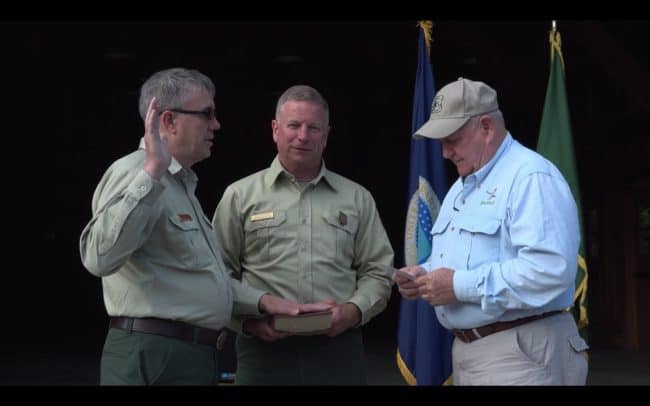The National Association of Forest Service Retirees, better known by the acronym NAFSR, followed up on the OneUSDA concept, which we previously covered here. As most of you know, changing the Forest Service name or logo in any way shape or form is a highly touchy subject with many retirees.
I was told that NAFSR had reached out to the Department and were told that Secretary Perdue’s OneUSDA vision is focused on increasing the effectiveness and efficiency in the Department to better serve the American people. He outlined four objectives dealing with review of policies, processes, directives, awards, telework. They were told none of these objectives included changing the name of the Forest Service. I’d like to thank NAFSR for their work and encourage retirees to join. You can also check out their website for items of interest (including some stuff about the “improving NEPA” effort). When I was trying to get a handle on Wildfire Bills, I found their analysis very helpful. It’s not that easy to get relatively unbiased analyses of legislation, and I appreciate that also.
Hello, everyone.
Earlier this week, I introduced to you a broad vision called OneUSDA.
We are one family working together to serve the American people. And if we are to fulfill our mission – to make USDA the most effective, most efficient, most customer focused department in the entire federal government – we must function as one single team.
You all may know that I love sports and frequently use sports examples to explain concepts. One of the best came from the story of an underdog basketball team from a tiny Indiana high school that makes it all the way to the state championship game, portrayed in the movie, Hoosiers. Coach Norman Dale, for the longest time, never let his players shoot the basketball in practice, opting instead to focus on fundamental drills and what it meant to move together. At one point he tells them the whole point: “Five players on the floor functioning as one single team: team, team, team. No one more important than the other.”
And that’s us. Team, team, team USDA. We are all important to one another and to all Americans.
So every change we detail today and in the weeks and months ahead is to make us function as one single team.
I will be forthright with you. Some of these changes may be drastically different than the old way of doing things, and that’s okay.
All of them point to our first strategic goal: to ensure our programs are delivered efficiently, effectively, and with integrity.
To that end, today I am directing USDA to:
· Restore sanity and commonsense to a cumbersome, labor-intensive, and costly departmental directive review process;
· Enhance the Secretary’s Awards and Recognition Program so that we can properly celebrate our accomplishments toward achieving all of our strategic goals;
· Amend our telework policy to one that works for the American taxpayer and for our colleagues who come to the office each day; and
· Review a wide array of directives – through Human Resources and the General Counsel’s Office – to create policies and processes that are transparent and consistent for the employee, the supervisor, and the American citizen.
And this is just the start. I am serious about holding everyone accountable, but most especially every leader and every supervisor, and that starts with me. OneUSDA only works if, like Coach Dale did with his players, we turn the focus on the fundamentals. Are we doing right by the taxpayer? Are we doing right by our colleagues?
I hope that you will join me and approach this change as something exciting, something that reorients our mission, and something that helps us be OneUSDA.
Thank you very much and happy New Year.
Sonny Perdue
Secretary







